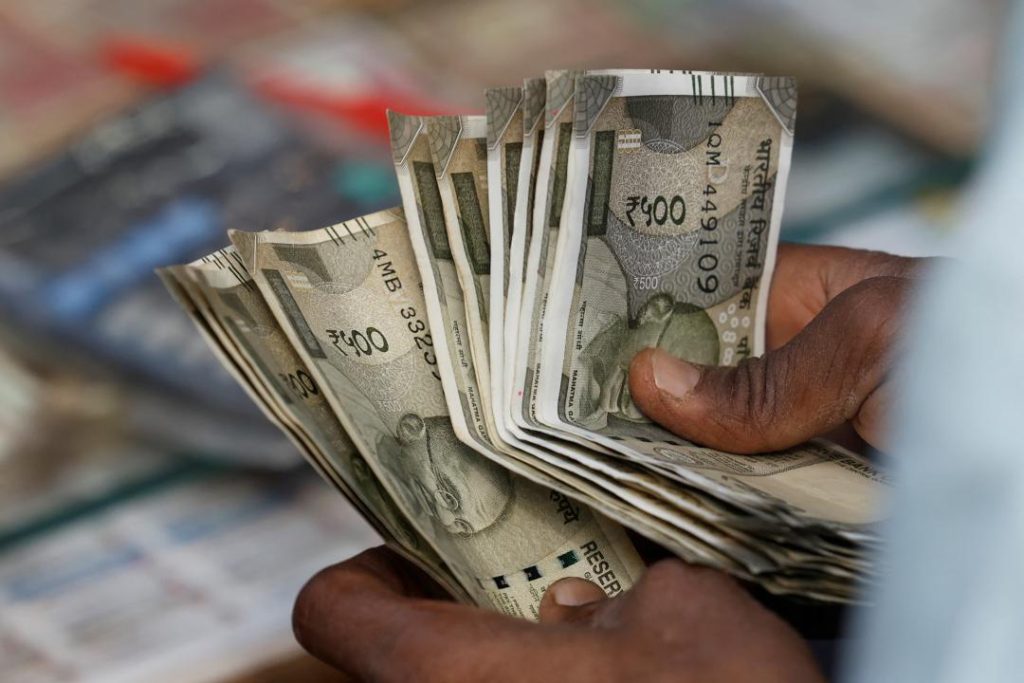
What Got Cheaper & Costlier in March as CPI Falls to 67-Month-Low of 3.34%?
India’s retail inflation, as measured by the Consumer Price Index (CPI), has fallen to a 67-month low of 3.34% in March, according to the latest data released by the Ministry of Statistics and Programme Implementation. This decline in inflation has brought relief to consumers, who have been grappling with the rising cost of living in recent years. But what exactly got cheaper and costlier in March? Let’s take a closer look at the data to find out.
Food Items: Where Prices Moved
Food items, which account for nearly 50% of the CPI basket, saw significant changes in prices in March. Eggs, vegetables, and pulses were the biggest beneficiaries of the decline in inflation. According to the data, eggs became cheaper by 3.3% in March, while vegetables and pulses saw declines of 2.6% and 2.4%, respectively. These changes are likely to bring cheer to consumers, who have been struggling with the rising cost of essential food items.
On the other hand, fruit prices saw a significant jump of 4.1% in March. This increase is likely to have had a disproportionate impact on low-income households, who spend a larger proportion of their income on food. The prices of other food items, such as cereals, milk, and oil, saw marginal rises, ranging from 0.2% to 1.1%.
Non-Food Items: Where Prices Moved
Non-food items, which account for the remaining 50% of the CPI basket, also saw changes in prices in March. Spices, meat, fish, and housing saw marginal declines, ranging from 0.1% to 0.6%. These declines are likely to have had a positive impact on consumers, who have been struggling with the rising cost of essential non-food items.
In contrast, prices of recreation and amusement items, such as cinema tickets and travel, saw marginal increases, ranging from 0.2% to 0.8%. These increases are likely to have had a disproportionate impact on low- and middle-income households, who spend a larger proportion of their income on leisure activities.
Other Commodities: Where Prices Moved
Prices of other commodities, such as clothing, snacks, sweets, pan, tobacco, footwear, fuel, and health and education, saw marginal rises, ranging from 0.1% to 1.4%. These increases are likely to have had a minor impact on consumers, who have been accustomed to rising prices in recent years.
What Does it Mean for Consumers?
The decline in inflation to a 67-month low of 3.34% is likely to bring relief to consumers, who have been struggling with the rising cost of living. The decline in prices of essential food items, such as eggs, vegetables, and pulses, is likely to have a disproportionate impact on low-income households, who spend a larger proportion of their income on food.
However, the increase in prices of fruit and recreation and amusement items is likely to have had a minor impact on consumers. The marginal rises in prices of other commodities, such as clothing, snacks, and sweets, are likely to have had a minor impact on consumers, who have been accustomed to rising prices in recent years.
Conclusion
In conclusion, the decline in India’s retail inflation to a 67-month low of 3.34% in March is likely to bring relief to consumers, who have been struggling with the rising cost of living. The decline in prices of essential food items, such as eggs, vegetables, and pulses, is likely to have a disproportionate impact on low-income households, who spend a larger proportion of their income on food. However, the increase in prices of fruit and recreation and amusement items is likely to have had a minor impact on consumers.
As the economy continues to grow and inflation remains under control, it is likely that consumers will continue to benefit from the decline in prices of essential items. However, it is also important to note that the impact of inflation on consumers can vary significantly depending on their income level, geographic location, and other factors.
Source:






